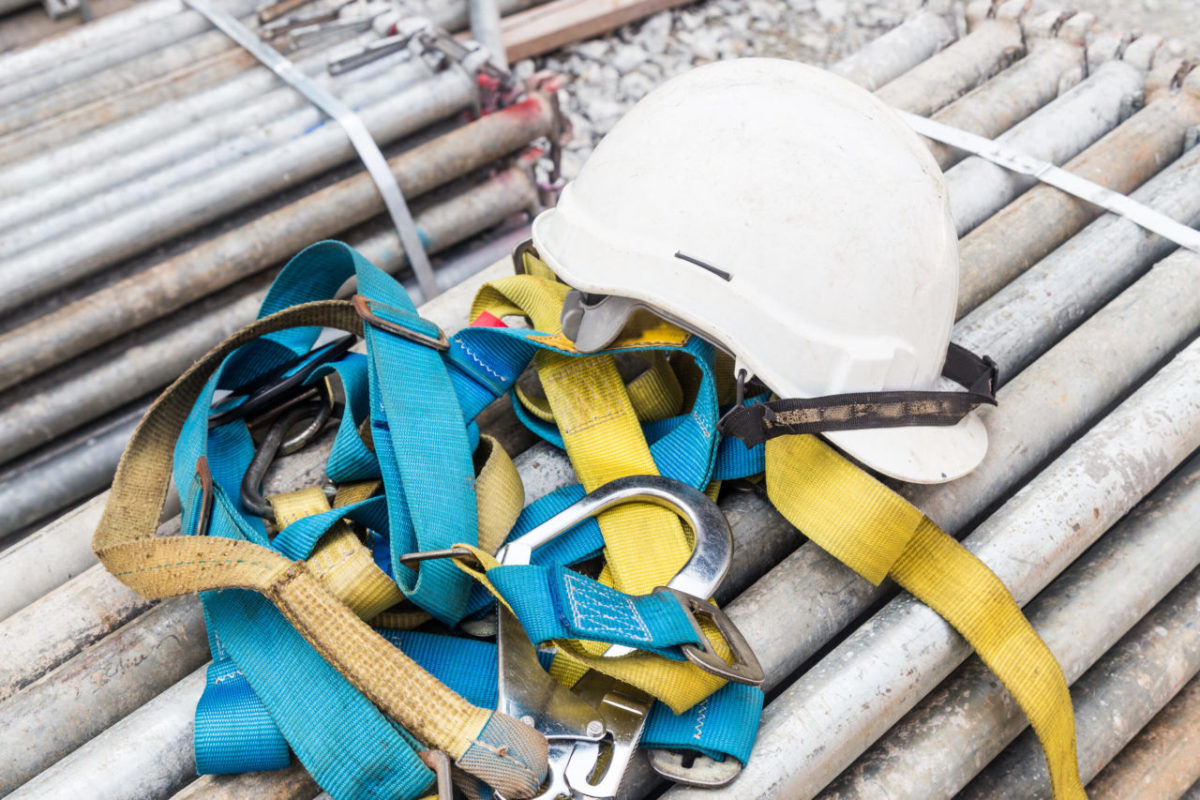
February 20, 2019
The construction industry can be a dangerous one, with thousands of injuries- and even fatalities- every year. The good news is the majority of these are preventable, and prevention doesn’t have to be complicated. In fact, some ways to stay safe are things we commonly overlook and don’t think about daily. Here are seven site safety tips that can help you and your crew stay safe on the job site:
What you put on matters
Safety starts with what you wear. Wearing the proper protective gear gives you a head start on safety matters. Make sure you are outfitted with the right goggles, gloves, back brace, safety harness, non-skid rubber footwear with composite toe protection, and a mask if needed for the work situation. Make sure to take care of that gear by ensuring it is dry and free of mud before use.
Use the right tools and use them right
Carrying tools properly is very important. Sometimes it’s easy to grab a tool by the cord or hose, but you want to make sure not to carry tools this way. If possible, use power tools that emit limited noise and vibration. Make sure to also use proper gear to protect your eyes and ears as well. Before using, check that tools are in good condition and make sure you know how to properly operate large and small equipment. Although sometimes it’s easy to forget, proper posture should be used while using tools to help prevent injury.
Going up? Use caution
Make use of foot and hand holds when entering equipment and machinery, and be sure you have a solid grip. Use a step ladder when possible. Inspect ladders and keep them clean and dry and make sure they are three to four feet higher than the area you need to reach. If you have the option of using lifts and elevated platforms, be sure to use those instead. Make sure scaffolding is on a solid surface and has the correct weight capacity needed. Carefully place your feet and hands, and do not carry items while climbing. Try to keep the weather in mind, and always stay 10 feet away from power lines.
What goes up must come down
Although it may be easy to jump or hop out of equipment, you want to exit with care to help prevent injury. If working low in trenches, ensure they are protected. If they are deeper than four feet, they must have protective sloping or shoring. When working on a slope, problems can occur when machinery has to come back down, so know the limits of the equipment.
Stay educated
No matter how long someone has operated equipment, it never hurts to stay up-to-speed on equipment manuals and procedures. Make sure operators are properly trained and that the training is verifiable and identified on the machinery.
Be clearly safe
Clutter can mean danger, so keep areas tidy and work areas clear. That goes for people, too. Construction sites are notorious for people gathering to watch a large machine at work. You don’t want to be that site that causes people to ask, “How many people does it take to move a pile of dirt?” With that being said, when operating large equipment make sure to use the horn and back up alarms to get people’s attention and ensure that the area is clear, especially before backing up.
Safety is never out of date
The old adage of “safety first”, never goes out of style. No matter how experienced a crew is, complacency is the enemy. When operating a large machine, remember to buckle up every time. Take your time when on the job. Be aware of your surroundings and follow procedures. Taking shortcuts is the quickest way to becoming a statistic.
Even though construction sites can be dangerous, these 7 ways are just some of the many steps you and your crew can take to ensure safety while on the job site. Questions about these tips or what we do at ACI? We would love to hear from you! Contact George Ray at Associated Contractors, Inc. today.
